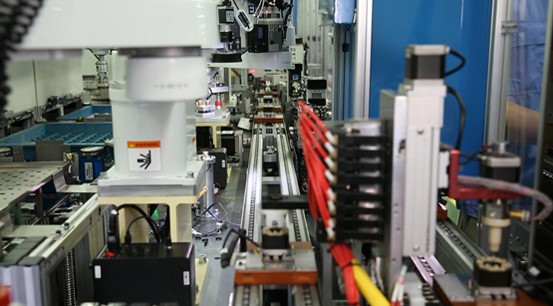The 5 Most Important Considerations for Motion Applications
Motion control applications require many considerations. As part of the design process for a reliable high-performance motion system, a number of questions need to be answered, such as what type of motor to use, what drive to use, how to get feedback from the system, and how to synchronize movements and get different parts of the system to communicate. 

